When Politics Took a Backseat: Raila and the Mau Forest
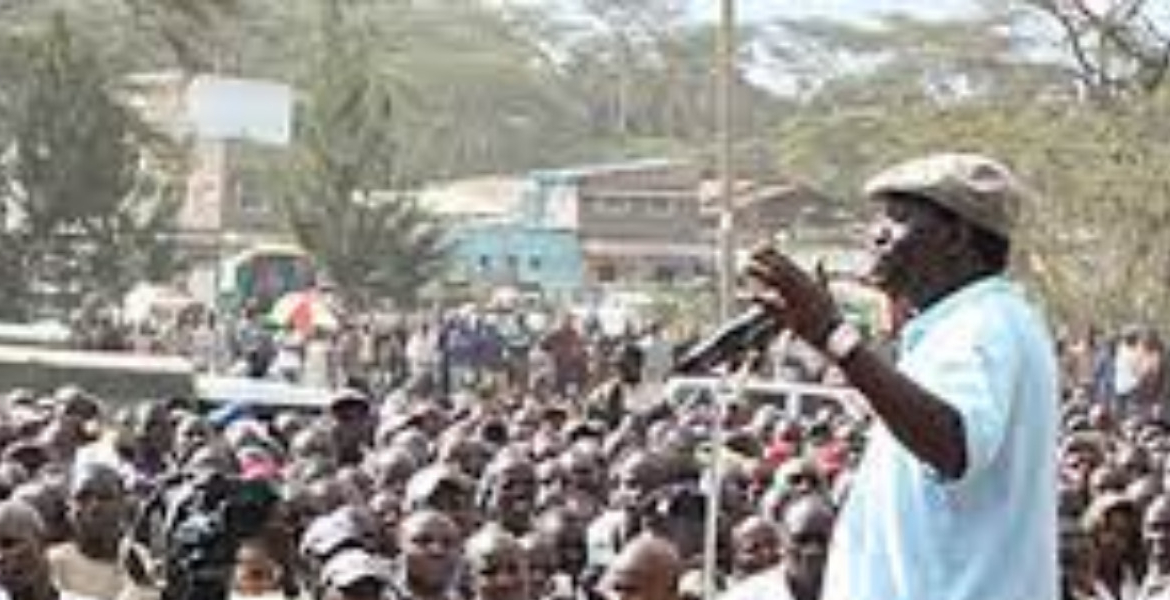
Raila Odinga’s 2009 directive to reclaim the Mau Forest marked one of the most defining and politically costly decisions of his career, setting him apart as a leader willing to risk electoral support for environmental protection.
The Mau Forest, East Africa’s largest indigenous montane forest, is a vital water catchment that supports millions of people across Kenya and neighbouring countries. By the late 2000s, years of illegal logging and settlement had severely damaged the ecosystem.
As Prime Minister in the Grand Coalition Government, Raila ordered the eviction of thousands of settlers to stop the destruction and restore the forest’s integrity.
The decision triggered immediate political backlash. The Rift Valley, a region that had strongly backed Raila in the 2007 elections, erupted in protest.
Many of those evicted were from communities that supported his Orange Democratic Movement (ODM), and the move was seen as a betrayal. Among his most outspoken critics was William Ruto, then a senior ODM official and now Kenya’s president.
Analysts later linked Raila's loss of support in the Rift Valley to his subsequent electoral defeats. Raila maintained that his decision was based on principle rather than politics.
“We cannot allow our forests to be destroyed. This is about the survival of the country,” he said at the time.
Conservationists praised the stance as a rare instance of political leadership prioritising environmental protection over political gain. Dr Isaac Kalua Green, founder of the Green Africa Foundation, described Odinga’s action as a turning point in Kenya’s approach to conservation.
“He chose the forest over politics, and that choice defined his courage,” Dr Green said.
He credited the Mau initiative with helping to establish reforms such as the Kenya Water Towers Agency, which now oversees the management of the country’s key ecosystems. More than a decade later, Kenya’s political and environmental landscape has evolved.
President Ruto, once a strong critic of the Mau evictions, now leads a major national reforestation campaign. His government has pledged to plant 15 billion trees by 2032 as part of a broader climate resilience strategy.
During the 2025 Mazingira Day celebrations, Ruto announced plans to distribute free seedlings and mobilise National Youth Service teams to expand tree nurseries across the country. Environmental advocates have also recognised Raila's early efforts. In a symbolic ceremony at Citam Athi River, 80 trees were planted in his honour as part of the “Plant Your Age” campaign.
The event brought together faith groups, students, and business leaders, who commended Raila for “choosing to lose votes to save a forest.” Raila's commitment to conservation began long before the Mau Forest intervention. As Minister for Roads and Public Works in the early 2000s, he promoted urban greening and roadside tree planting.
During his tenure as Prime Minister, his administration strengthened Kenya’s role in international climate talks and invested in renewable energy. Environmental sustainability was also included as a core goal in the Vision 2030 development plan.
Raila's stand on the Mau Forest has often been compared to the late Nobel laureate Wangari Maathai’s defence of Karura Forest. Both leaders faced political resistance but helped raise awareness about Kenya’s environmental challenges.
Their actions encouraged a national shift towards stronger ecological stewardship.
Today, with tree planting and forest restoration central to national policy, the political risks once associated with conservation have diminished.

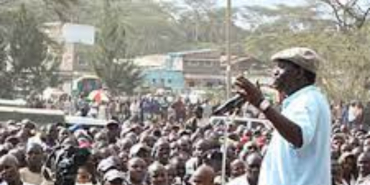
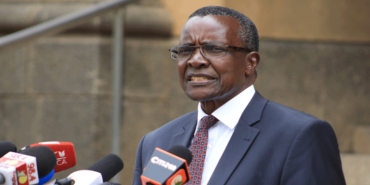
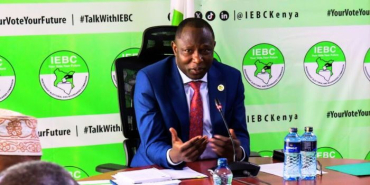



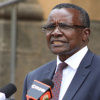
Add new comment